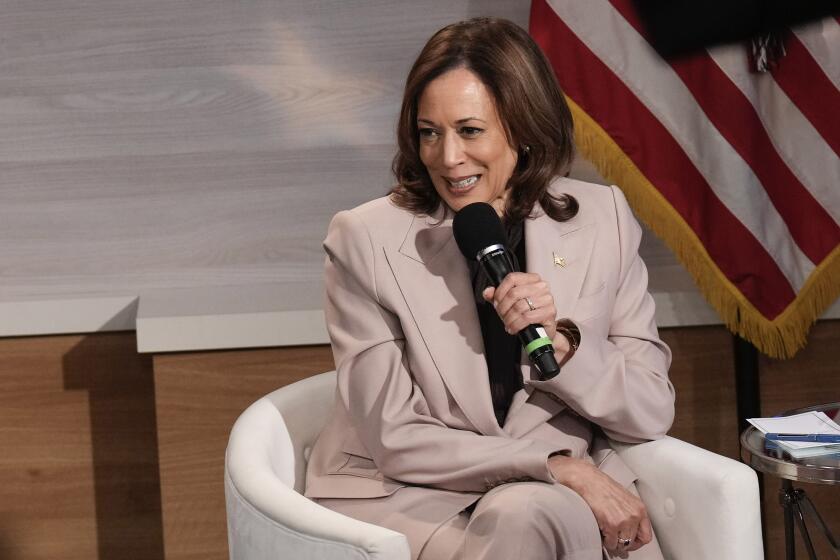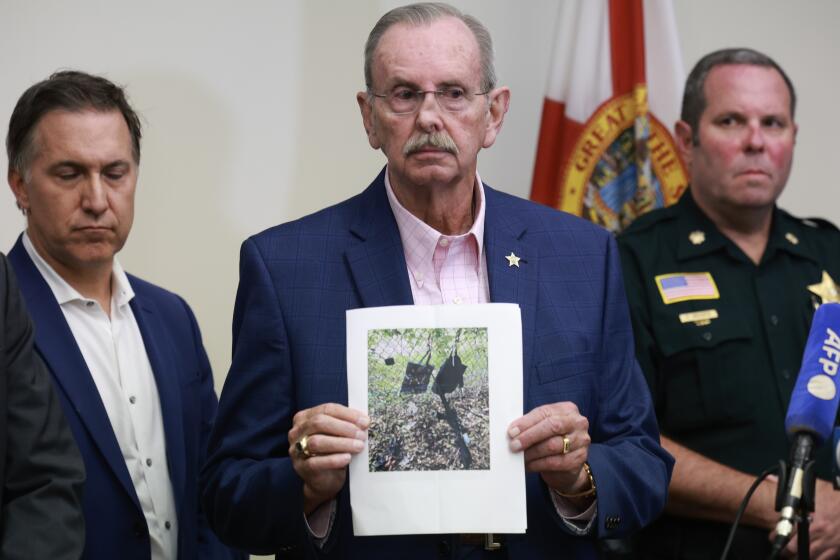DEA ends its monopoly on marijuana growing for medical research

The federal government is ending its decades-old monopoly on marijuana production for medical research as the Drug Enforcement Administration announced Thursday that it was bowing to changing times.
The agency said it would begin allowing researchers and drug companies to use pot grown in places other than its well-secured facility at the University of Mississippi.
But the agency did not make the bigger plunge toward marijuana legalization that many lawmakers have been advocating. It passed on a proposal to remove cannabis from the federal government’s most dangerous category of narcotics. The drug continues to be classified as more dangerous than cocaine.
Even so, the agency’s shift on pot used for research purposes will have wide-reaching implications. It is aimed at increasing the amount and variety of marijuana available to scientists seeking to develop particular strains of the drug to treat ailments.

The Obama administration will keep marijuana on the list of most dangerous drugs, the Drug Enforcement Administration announced Thursday.
Medical researchers have long complained federal government policy on marijuana inhibits scientific breakthroughs, leaving patients to rely on anecdotal evidence of the drug’s curative qualities and undermining efforts to target medical growing operations to most effectively treat illness.
For nearly 50 years, the University of Mississippi has had the sole contract for producing medical pot. Any scientist seeking to research the drug for medical purposes had to obtain a special license through several federal agencies, including the DEA.
“The demand for research-grade marijuana was relatively limited,” the agency wrote in a document posted online Thursday that outlines its new policy, “and the grower was able to meet such limited demand.”
But researchers said the lack of demand was the result of the agency actively working to discourage any studies that would legitimize marijuana. The DEA acknowledged Thursday that recent studies suggest some of the cannabinoids in marijuana may help treat seizures and other neurological disorders. There are more than 100 cannabinoids in the marijuana plant, and scientists are feverishly seeking to isolate the ones that may be most effective.
“DEA has concluded the best way to satisfy the current researcher demand for a variety of strains of marijuana and cannabinoid extracts is to increase the number of federally authorized marijuana growers,” the agency wrote.
The move is notable for a law enforcement agency that has long seemed out of step with even President Obama, who has said he believes marijuana is no more harmful than alcohol. The Justice Department has allowed states to move aggressively forward with legalization for both medical and recreational use, even as the DEA continues to classify marijuana as a “Schedule 1” narcotic with no accepted medical use.
The pressure on the agency to further soften its position on marijuana is likely to mount in November, as a fresh round of voting begins in states weighing legalization for recreational use. Among them is California, the biggest state in the country, and one that polls suggest is poised to approve full legalization.
Advocates in California and elsewhere are hopeful that the federal prohibition on marijuana will start to crumble once large states begin permitting the sale of pot to any adult who wants to buy it. They say the disconnect between state and federal policy will become untenable when it begins to affect more than the few states that currently have no ban on the drug.
Already, legal marijuana is a multibillion-dollar industry. It is projected to grow exponentially, and as it has, the conflicting state and federal laws governing its sale have created all manner of regulatory headaches.
“I welcome the decision to lessen barriers to medical marijuana research,” said a statement from Rep. Earl Blumenauer (D-Ore.), one of the most vocal legalization proponents in Congress. “It’s outrageous that federal policy has blocked science for so long.”
But like other marijuana advocates, he expressed bewilderment that the DEA refused to move marijuana off Schedule 1. He called it “further evidence that the DEA doesn’t get it. Keeping marijuana at Schedule 1 continues an outdated, failed approach — leaving patients and marijuana businesses trapped between state and federal laws.”
The agency on Thursday released a 186-page rebuttal to such arguments, in which it again laid out its rationale for finding that the drug is particularly dangerous and has no accepted medical use. Key among its concerns is that there have been inadequate controlled scientific studies.
That could change, though, with its new policy increasing the availability of research-grade marijuana.
The DEA will invite growers other than the University of Mississippi to apply for licenses, but warns the number of such licenses granted will be limited and the rules for qualifying will be strict. It implied that big growers who have been selling pot legally in the states may be boxed out of the market, as the DEA will favor manufacturers that have followed its rules and have a proven track record working with controlled substances.
Other potential growers might include big agricultural and pharmaceutical companies that have been pondering entering the pot market but have sat on the sidelines, waiting for the DEA to loosen its rules. The DEA says the new policy is designed to enable companies seeking to market particular strains of marijuana as prescription drugs to start developing products.
“Under the new approach, should the state of scientific knowledge advance in the future such that a marijuana-derived drug is shown to be safe and effective for medical use, pharmaceutical firms will have a legal means of producing such drugs in the United States — independent of the [federal government] contracting process,” the agency wrote.
Follow me: @evanhalper
ALSO
L.A. County supervisors pull marijuana tax measure from November ballot
Marijuana-laced gummy rings sickened 19 at a quinceañera party in San Francisco
UPDATES:
2:45 p.m.: This story was updated with additional background.
This story was originally published at 9:50 a.m.
More to Read
Get the L.A. Times Politics newsletter
Deeply reported insights into legislation, politics and policy from Sacramento, Washington and beyond. In your inbox three times per week.
You may occasionally receive promotional content from the Los Angeles Times.











